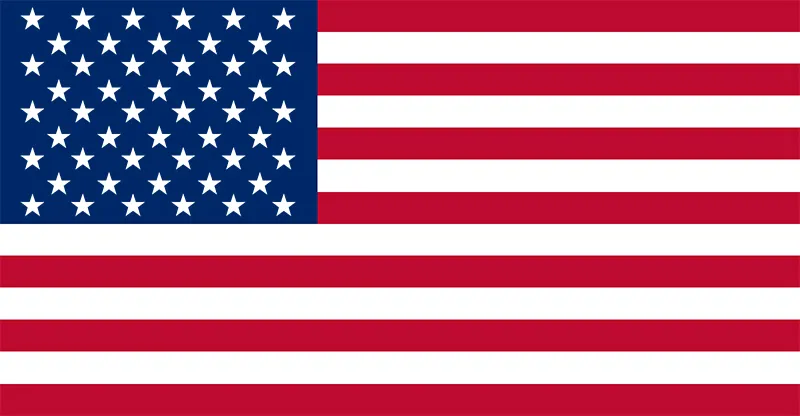If you are uninitiated to the world of training on an exercise ball, this article is for you. Consider this Ball Training 101.
Many people are reluctant to try exercise balls because they look and feel so unstable. Well, they are…but that's the point. Training on a ball challenges your balance and is very good for working the core muscles. For instance, when you do a chest press on a bench, you target isolated muscles in the chest and arms. But when you do that same exercise on a ball, you work the upper body and recruit stabilizing muscles like the abdominals.
Apart from the fact that they can be a lot of fun, exercise balls help keep you motivated by adding variety to strengthening and stretching exercises. And since the ball helps build core strength, training with these inflatable orbs improves posture. Plus, ball training is easily adaptable to all levels of fitness.
Exercise balls come in a variety of sizes. Most fitness clubs carry 55 cm balls (the right size for most people between 5' and 5'7") and 65 cms balls (for most people between 5'8" and 6'2" ). The best way to figure out the right ball for you is to sit on it. Your hips and knees should align at about a 90-degree angle.
Generally, the larger the ball, the easier it is to work with because there is more surface space between the ball and the floor. But sizing is important. Don't assume that all beginners should find the biggest exercise ball possible. Working with a ball that is too large may be easier for some exercises but it makes others quite awkward.
If you can't get past your fear of falling off the ball (a natural first response), there are ways to ease into ball training. Softer or slightly deflated balls are less difficult to work with. Securing the ball against a wall or getting a trainer to hold it steady also helps alleviate anxiety. But remember, the more you secure the ball, the less stabilizing your muscles have to do, which is the goal of using the ball in the first place.
Amanda Vogel, MA


 Active Sitting
Active Sitting

